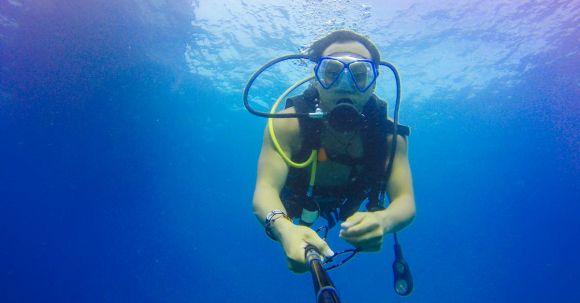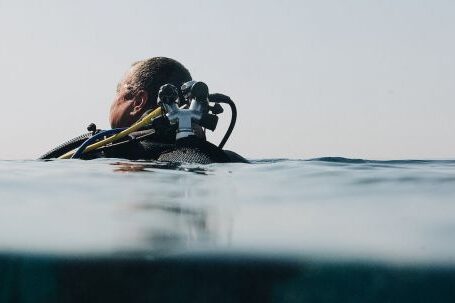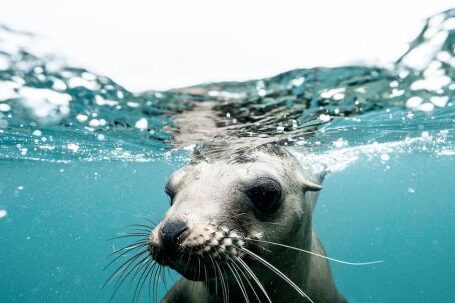Exploring the underwater world is an exhilarating experience, and for many divers, having a reliable buddy by their side is essential. Buddy diving is a practice where two divers stay together throughout the dive, providing support and ensuring safety for each other. In order to make the most of this diving technique, mastering effective buddy diving strategies is crucial. In this article, we will delve into some key strategies that can help divers enhance their buddy diving experience.
Clear Communication
Communication is paramount when it comes to buddy diving. Before descending into the depths, it is important to establish a set of hand signals that both divers are comfortable with. These signals should cover basic communication needs such as “OK,” “problem,” and “out of air.” Practice these signals on land to ensure that they are easily understood underwater. During the dive, always maintain eye contact and check on your buddy frequently, using the agreed-upon hand signals to convey messages.
Plan the Dive Together
Prior to every dive, it is crucial for buddies to plan their dive together. This includes discussing the dive site, depth, duration, and any potential hazards. By sharing a common understanding of the dive plan, both divers can ensure that they are on the same page and can support each other effectively. Additionally, planning the dive together allows for a more enjoyable and coordinated underwater experience.
Stay within Sight
One of the fundamental principles of buddy diving is to always stay within sight of your buddy. This means maintaining close proximity throughout the dive, even if exploring different areas. By doing so, both divers can keep an eye on each other and be ready to provide assistance if needed. Remember, out of sight is out of mind – and that is not a situation you want to be in underwater.
Be Mindful of Air Consumption
Monitoring air consumption is crucial when buddy diving. It is essential for both divers to keep a close eye on their own and their buddy’s air supply. This can be done by regularly checking your pressure gauge and communicating air levels through hand signals. If one diver is running low on air, it is important to signal the need to ascend and end the dive together. Remember, sharing air is a last resort and should only be done if absolutely necessary.
Support Each Other’s Skills
Buddy diving is not only about safety but also about mutual support and growth as divers. Encourage each other to improve skills and share knowledge. If one diver is working on a specific skill, such as buoyancy control or underwater navigation, the other can act as an observer and provide constructive feedback. By supporting each other’s skills, both divers can become more proficient and confident in their abilities.
Review and Learn from Each Dive
After every dive, take the time to review and learn from the experience. Discuss what went well and what could be improved upon. Reflecting on each dive allows for continuous learning and refinement of buddy diving strategies. This feedback loop is essential in building a strong buddy diving partnership and enhancing overall safety and enjoyment.
In conclusion, mastering effective buddy diving strategies is essential for a safe and enjoyable underwater experience. By focusing on clear communication, planning dives together, staying within sight, being mindful of air consumption, supporting each other’s skills, and reviewing each dive, divers can enhance their buddy diving experience and create lasting memories exploring the wonders of the deep sea. So, grab your buddy, dive into the depths, and master the art of buddy diving!





